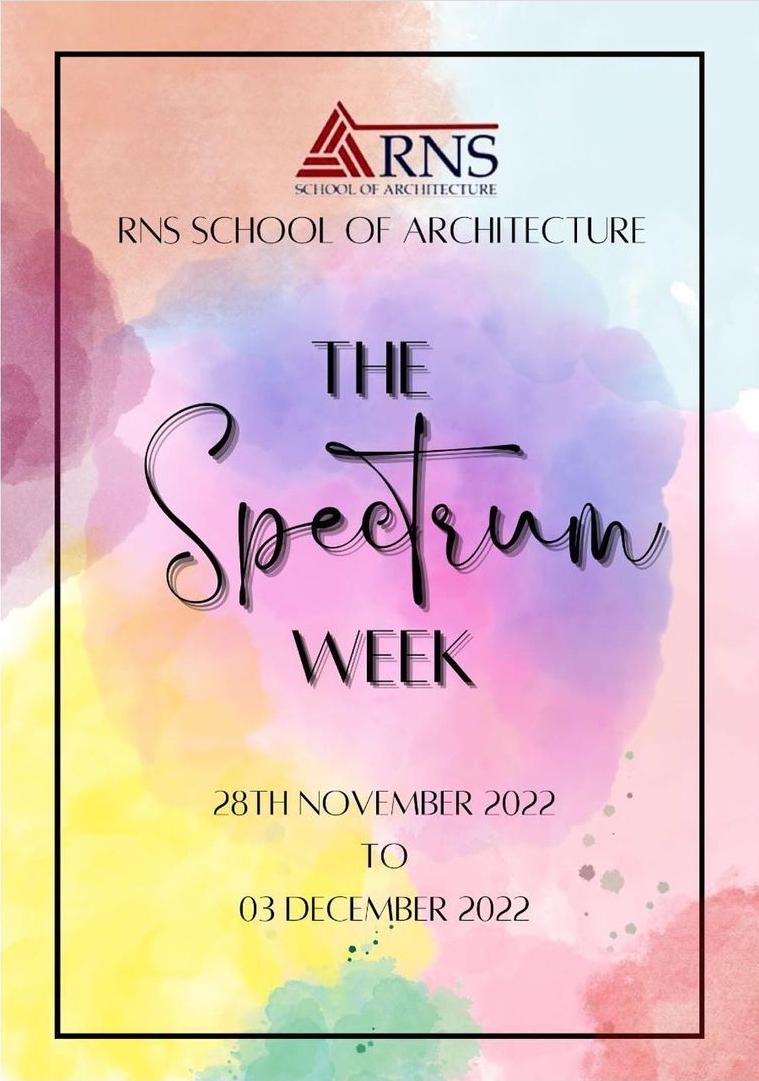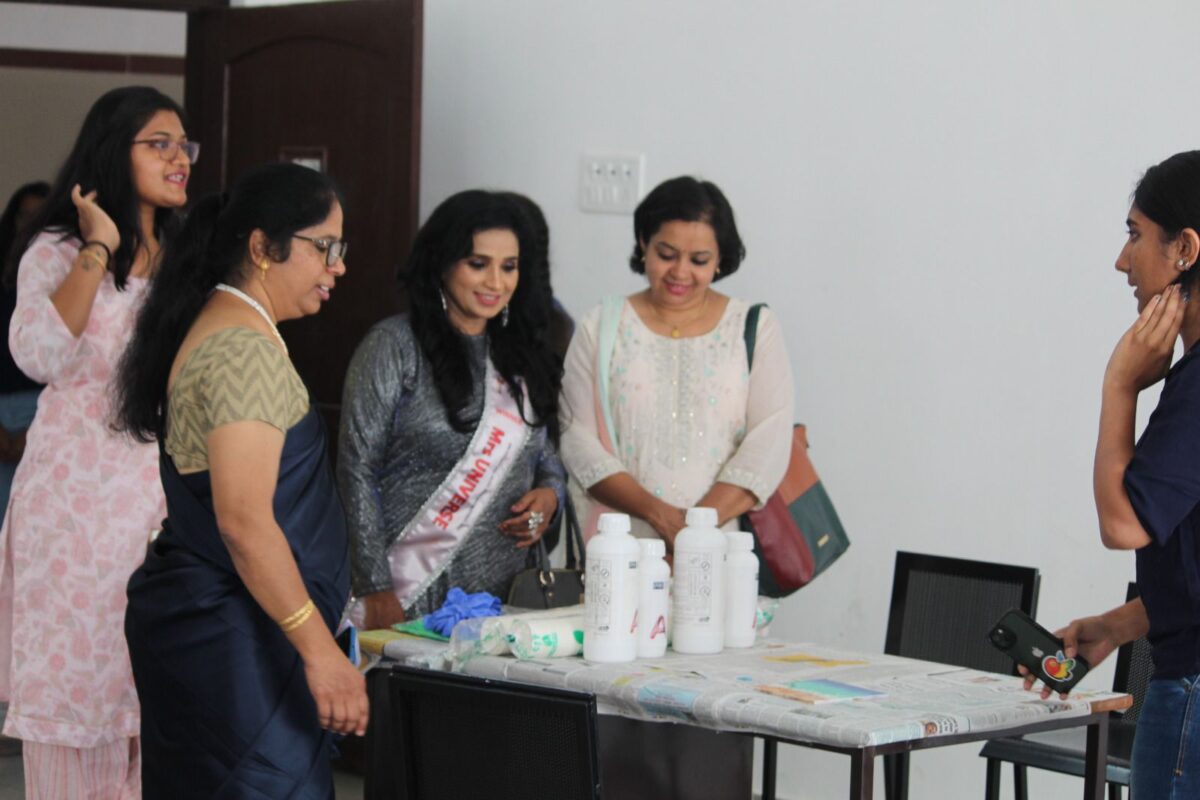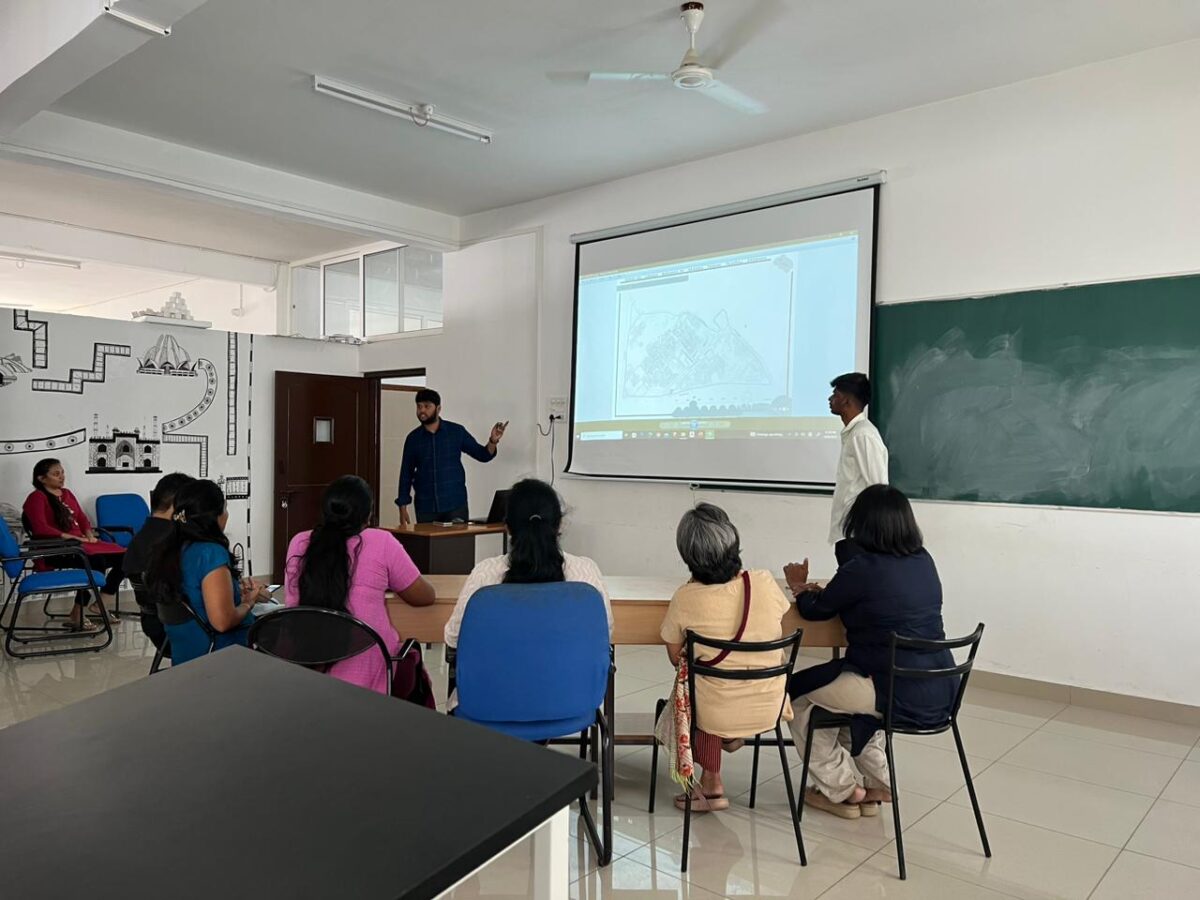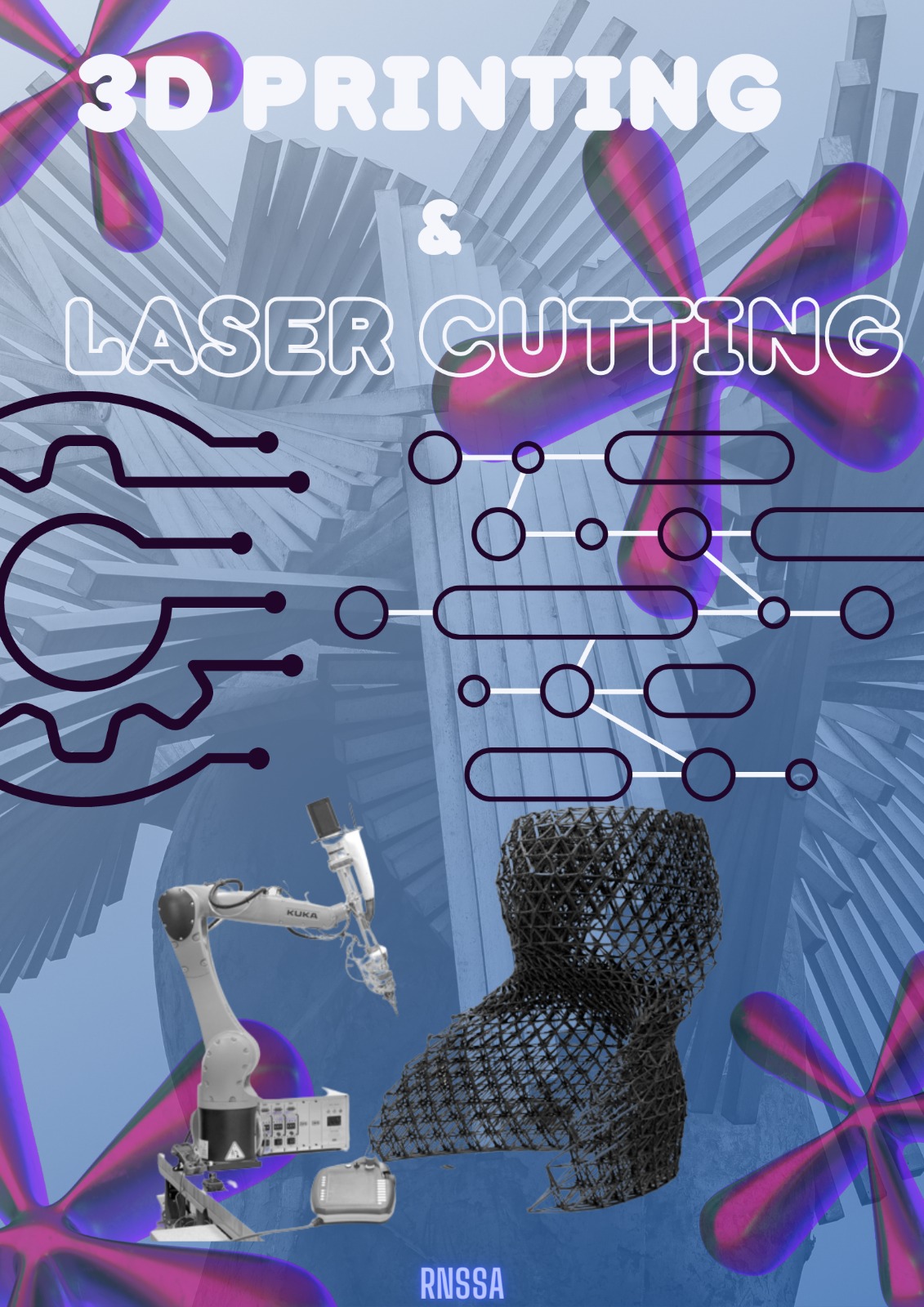A Colourfull Extravaganza of Dressing and Talent
Spectrum Week Fest 2022 is a weeklong celebration held in the November 2022 where students showcase their creativity and talents through a variety of events and themed costumes. The festival brings together a variety of colours, cultures and skills, making it a memorable experience for all involved.
Filmy Day
The fest kicked off with Filmy Day, where the campus turned into a lively movie set with students dressed as their favourite movie characters. From superheroes to iconic villains, the campus was a canvas of cinematic brilliance.
Back to School
On Back to School Day, nostalgia filled the air as students revisited their school days, dressed in traditional school uniforms. The campus buzzed with the excitement of reliving cherished memories, creating a perfect blend of the past and present.
Chef Day
The culinary talents of the students took centre stage on Chefs day. The campus transforms into a foodie paradise as students showcase their culinary skills and present a variety of delicious dishes. It’s a feast for the eyes and the taste buds.
Bag Free Day
Day 4 was a unique and liberating experience as the students carried their architectural tools without a bag. Freedom of movement allows them to engage more creatively in their architectural pursuits, inspiring innovative ideas and designs.
Prom Day
Prom Day added a touch of glamor and elegance to the college. The students dress up in extravagant costumes and the campus turns into a magical ballroom. It was a great day of dancing, laughter and making great memories.
Traditional costumes and culture
The final day celebrates the rich diversity of cultures and traditions within the university community. Students showcase their cultural heritage through traditional costumes, performances and a variety of events that promote unity and appreciation of different customs.
Spectrum Week Fest 2022 is a testament to the creativity, talent and enthusiasm of the Number 2022 students. It provides a platform for self-expression and encourages camaraderie among students. The event not only celebrates individuality but also promotes inclusiveness and respect for diverse cultures and art forms.
As this vibrant celebration draws to a close, all attendees will cherish those memories and experiences, making Spectrum Week Fest 2022 an unforgettable chapter in college history.




